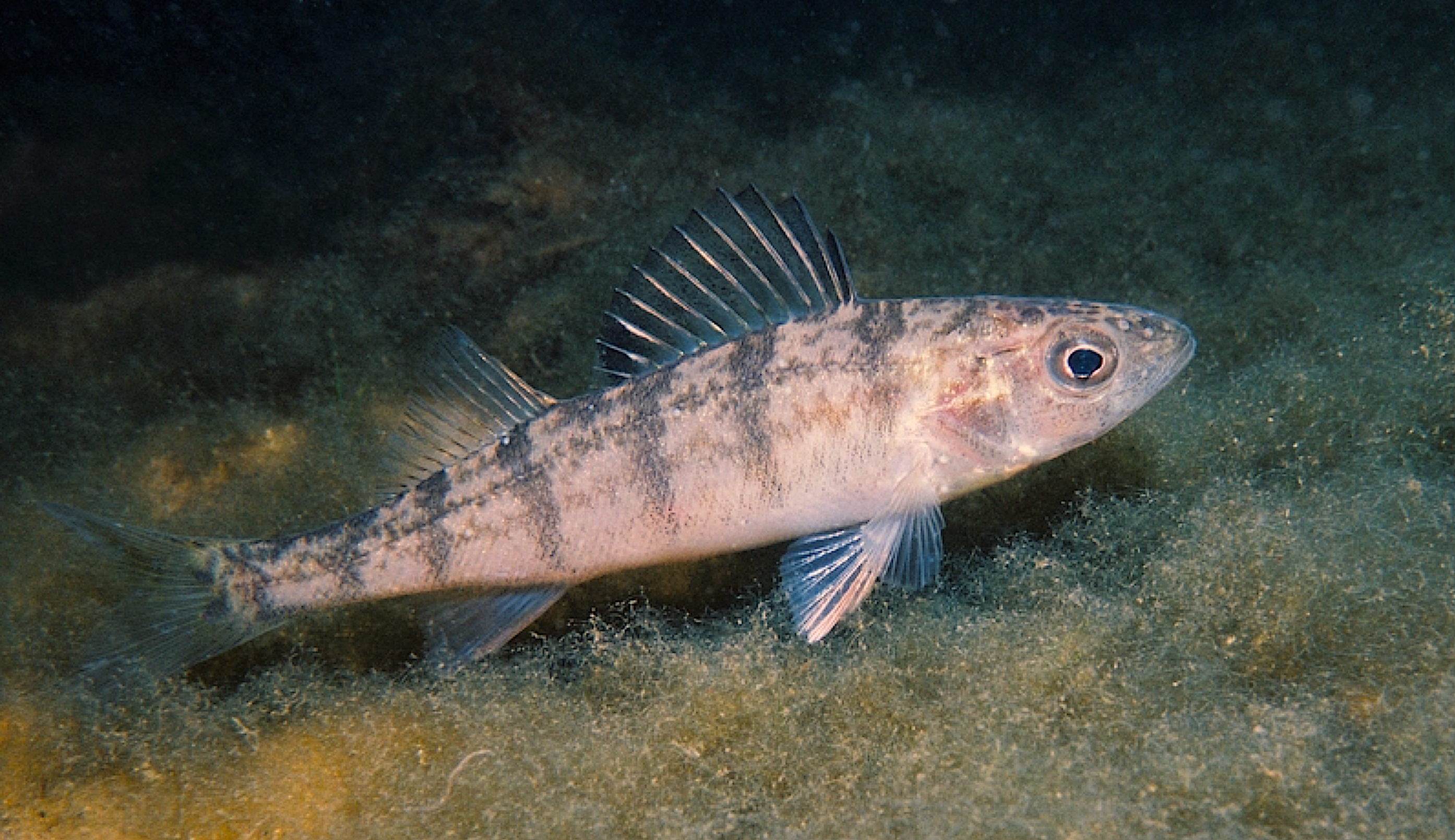Do Fish Consumption Advisories Account for Enough Harmful Chemicals?

New research suggests that fish consumption advisories should account for a broader range of per- and polyfluoroalkyl substances that could affect health.
Research Need
Per- and polyfluoroalkyl substances (PFAS) are a vast group of human-made chemicals associated with a variety of health problems, such as altered metabolism, increased risk of certain cancers, and reduced immunity. They do not degrade easily in the environment and can build up in food chains, including in fish.
Fish consumption advisories typically focus on PFAS that have been phased out of production but that remain in the environment, such as perfluorooctane sulfonate (PFOS), formerly a common ingredient in fabric protectors and stain repellants. However, other PFAS might have greater potential to build up in organisms. A better understanding of PFAS found in fish and their habitats could inform more comprehensive fish consumption advisories.
What did they study?
Researchers from the University of Rhode Island Superfund Research Program Center studied the potential of various PFAS to accumulate in recreational fish from New Hampshire rivers. They used analytical and statistical methods to detect and measure 37 PFAS in paired water and fish tissue samples from nine freshwater ecosystems in New Hampshire.
What did they find?
The researchers found perfluorobutane sulfonamide (FBSA) in all fish samples. They also found that the average concentration of FBSA in fish was greater than that of any other PFAS they measured. This is concerning as FBSA is associated with cancer, hormone disruption, and harm to the immune system and fetal/child development.
The prospect of widespread FBSA contamination in the environment has only recently come to light, according to the researchers. For example, samples from freshwater fish from water bodies across Canada and the Great Lakes region revealed concentrations of FBSA similar to those in the current study.
The team also found PFOS at high levels in most fish samples. Specifically, all but two samples contained PFOS levels exceeding the daily recommended consumption limit for adults and children, and about a fifth of samples exceeded the weekly consumption limit. For the other PFAS tested, no samples exceeded limits set for adults or children.
Anything else?
Existing fish consumption advisories use data on “legacy” (phased-out) PFAS predominantly detected in water. However, the team’s work suggests that fish consumption advisories should look beyond legacy chemicals and consider other PFAS with a tendency to build up in organisms, such as FBSA. The researchers also note that additional exposure and risk evaluations are needed for understudied PFAS.
Reading
Pickard, H.M., Ruyle, B.J., Thackray, C.P., Chovancova, A., Dassuncao, C., Becanova, J., Vojta, S., Lohmann, R., and Sunderland, E.M. 2022. PFAS and Precursor Bioaccumulation in Freshwater Recreational Fish: Implications for Fish Advisories. Environmental Science & Technology, 56:22, 15573-15583, DOI: 10.1021/acs.est.2c03734

Funding was provided by the National Institute of Environmental Health Sciences Superfund Research Program (P42ES027706). The first author was supported by a fellowship from the Natural Sciences and Engineering Research Council of Canada.
By Maggie Wiener (left), a science communicator with MDB, Inc. and a contractor for the Superfund Research Program, part of the National Institute of Environmental Health Sciences.
Lead photo: juvenile yellow perch, courtesy of USFWS.
The text from Hook, Line & Science is available to reprint and republish at no cost, but only in its entirety and with this attribution: Hook, Line & Science, courtesy of Scott Baker and Sara Mirabilio, North Carolina Sea Grant.
- Categories:



